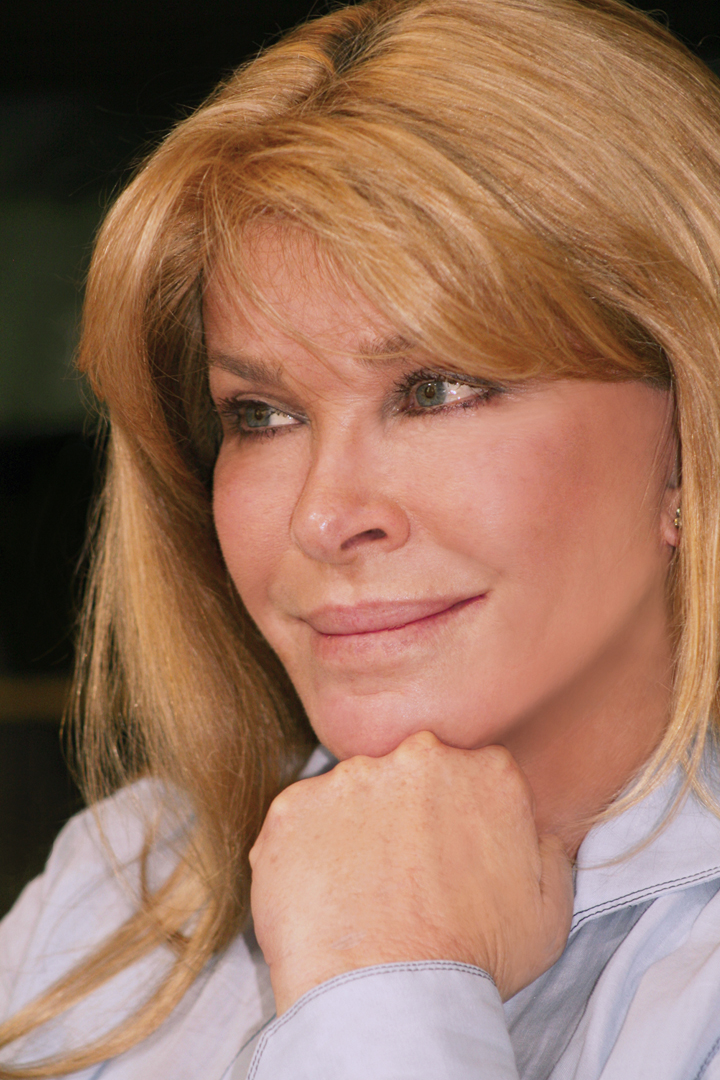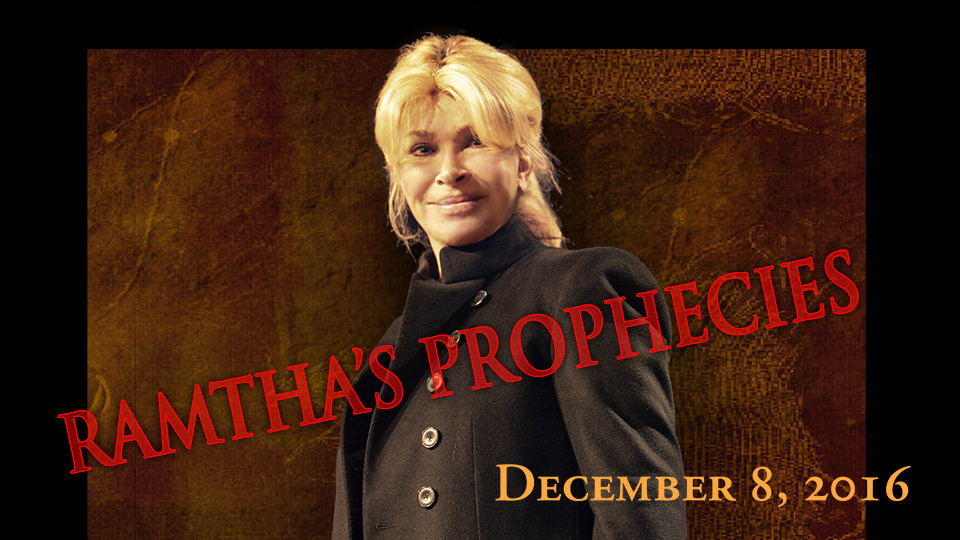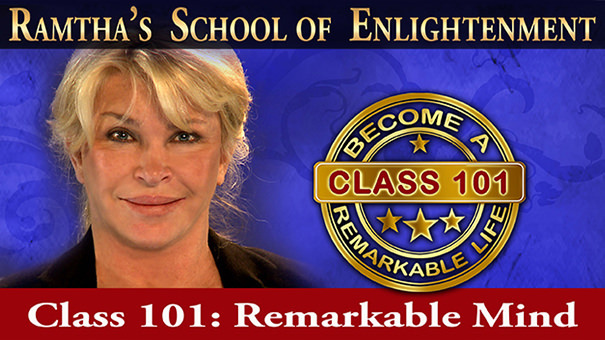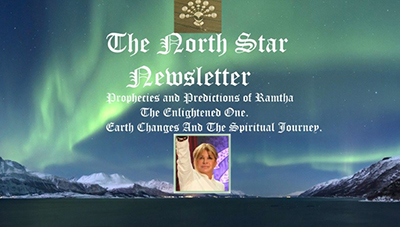JZ Knight’s 2008 byline more relevant today:
“What If 2012 is a lot of hype?”
“What if it is not?”

JZ Knight
JZ Knight’s byline, written for publication in August 2008, is even more relevant today than in 2008 with the recently released NASA pictures displaying a melting Greenland.
The following is Knight’s compelling story:
What If 2012 is a lot of hype? What if it is not?
By JZ Knight
August, 2008
“In my humble opinion, I believe that 2012 has become a date of troubling uncertainty worldwide for the majority of people.
The infamous 2012 date owes its woeful celebrity, for the most part, to religious traditions which contain an apocalyptic end for civilization. References to a fiery, bloodletting war culminating in a catastrophic and nightmarish end for humanity are contained within the doctrines of Christianity, Hinduism, Judaism, the spiritual New Age, and others. Further, the underpinnings of 2012 go far beyond the religious communities, winding their way into numerous sects, as the underlying tones of these prophecies have been “seen” by prophets, visionaries, psychics, mediums, and shamans of all persuasions. Countless books by authors such as Nostradamus, Edgar Cayce, Graham Hancock, Zecharia Sitchin, Peter Russell, Whitley Strieber, to name a few, have added to the growing fear of a worldwide catastrophe occurring in 2012. The Mayan calendar ends in 2012, an assumption that a “fade-to-black” will occur. Zecharia Sitchin’s recent book, “The End of Days: Armageddon and Prophecies of the Return,” speaks of the reappearance of the Anunnaki and the twelfth planet returning, perhaps, on a collision course with Earth. The book of Revelations in the Bible, a terrifying vision of the punishment of sinners, recounts what the “end of times” will look like and the return of Jesus, a date still uncertain. We are warned of a comet hitting the Earth, the Earth rotating on its axis, a reversal of the Earth’s magnetic field, the Earth entering into a strange force-field in space, and on and on.
Can all this be fear-mongering hype?
Any skeptic could outright dismiss all of it, and they are paid to do so, but what are scientists saying about our world and what do their findings tell us? When science weighs in on our immediate environmental future — and the news is rather bleak — we tend to sit up and notice. Science takes the issue of global change from prophecy into fact. Those annoying, fear-mongering, lunatic fringe elements, those purveyors of doom, take a backseat in our minds to the startling scientific light that shines bright and reveals clearly that it is our lifestyles — our oil-based transportation, utilities, factories, electrical grids, cell phone and wireless technology — which are releasing carbon back into the atmosphere. It is our toxic residue from factories, animal processing plants, textiles, paper, high-tech processing labs that is leaching into our rivers, killing and mutating the fish, destroying the riverbeds, and eventually making its way into the oceans. These are our toxins! They are not some ancient God’s sewage but our own! These are scientific facts that are daily in our newscasts, talk shows, books, Internet blogs, magazines, scientific journals, and other periodicals. Our uneasiness about our future is real. Perhaps with our new gnawing awareness that something is terribly wrong with our world and we are in danger of loosing it, we ask, “When will the world end? Will it be in my lifetime? Will it happen in my children’s lifetime?” These are difficult questions for science to grapple with, as they cannot pinpoint any certain date but rather direct us to probable outcomes with vague time frames. Uncertainty and fear lead us back to those purveyors of doom to find the answers. And what is their answer? 2012!
For me, Al Gore’s tireless work of enlightening people and governments on Global Warming in his brilliant book, “An Inconvenient Truth” [later made into a documentary film of the same name], exposes the devastating impact that six and a half billion people have had on our world. In every corner of our globe, the pace of environmental destruction is evident and worsening. Al Gore, who together with the U.N.’s Intergovernmental Panel on Climate Change won the 2007 Nobel Peace Prize, points out that the heart of the crisis lies in the relationship between our technological development, reliance on oil energy, and population explosion. The political choice to ignore its future consequences have placed us on a head-on collision course with the planet’s ecosystems that are intrinsic for sustaining our own life. Humanity has caused global warming, and day by day the dangers are growing into a planetary emergency. Our polar icecaps are melting at alarming rates. Sea levels are rising. Mountain glaciers, which provide us with our drinking water, are melting. Mountain snowcaps are disappearing. We have record heat waves, hurricanes, typhoons, and droughts. Some landmasses are sinking, and rivers and lakes are disappearing. Of recent concern is the momentum of the world’s ocean currents all linked together in a loop called the global ocean conveyor belt, in which the Gulf Stream of warm water flows to the East Coast of America and then merges with the deep cold-water currents from the northern Arctic waters. Scientists describe this belt as a giant “thermohaline pump” because it is driven by both temperature and salinity of the water. This pump powers up the continuous flow of the world’s ocean currents. At present, the effects of global warming have diminished the fragile balance of this pump to a low 49-percent capacity. What would happen to Europe if it ceased altogether? Would an ice sheet covering most of Northern America and Europe appear overnight? Would this be a new ice age? Scientists are worried because it has happened before. Research oceanographer, Dr. Ruth Curry, is very concerned because of the rapid ice melting in Greenland where the cold fresh water flows into the adjacent conveyor belt, essentially overwhelming its delicate balance. The recent decline of the belt’s momentum to 49-percent is due to Greenland’s meltdown. Scientists have determined that in the remote past this shut the system down, leading to an ice age. Are we ready for that to happen again? Will it occur in 2012?
What is the “hype” about 2012 then?
Is it only aimed at the convergence of ancient and recent voices, prophets of many different possibilities that cause global destruction? The ancient Mayan calendar ends on Sunday, December 23, 2012. Is this apocalyptic date the end of the world? All these prophetic voices have convened on this date. Is this just hype? Perhaps, but those voices do conveniently merge with more than fifty scientists who are ringing the alarm of climate change. Ignoring the scientific consensus on the real doomsday threat of global climate change and its implications on our present societies will lead us to some undeniable end — the end of our home. Hype is the spin of doubt. In a memo from Brown and Williamson Tobacco Company in 1960, quoting from Al Gore’s book, “An Inconvenient Truth,” it states: “Doubt is our product, since it is the best means of competing with the ‘body of fact’ that exists in the mind of the general public. It is also the means of establishing a controversy.”
Can we change our immediate future?
Can we avoid 2012?
Yes, but we will have to change the way we live, and we have four years to do so. The policies of our governments must change as well. We can unleash our minds toward a new genius of innovative technologies and energy solutions that repeal the effects of global warming. The task is daunting, but it does begin with each one of us. Whether we believe the world is coming to an end or not, we should change our lives as if it were. You could find new and innovative ways to energize your home and workplace. If you can’t afford a new hybrid car, ride a bicycle or walk. Learn to grow your own food, beginning with your vegetables. Plow up your lawns planted with flowers and plant food. Empty your flower pots on your patios and plant tomatoes, potatoes, squash, and herbs, as an example, and fertilize them organically. Remember, industrial fertilizer contains toxins that make their way into the ecosystems and into the potable water supplies. Eat less meat, unless you raise it yourself. Don’t drink water from soft plastic disposable containers but drink from reusable glass containers. Learn to filter your water. Don’t buy products packaged in plastic. Don’t fill your groceries into plastic bags. Bring your own earth-friendly material bags and deposit your groceries in them. Turn your lights off when not in use. Plant trees everywhere. Put many live plants in your home and office space, as they remove the carbon from the air and release clean oxygen. Store enough food, water, medical supplies, and clothing — especially warm clothing — for two years. If you live by the oceans, rethink you and your family’s vulnerability living next to the water and consider moving to higher ground. If you can drill a well for water, do so and test it for purity. These are wise considerations for improving your life as well as your family’s life that Ramtha prophetically gave us more than twenty years ago, as you will see in this book. They are necessary changes that will improve your sense of security and preparedness. These changes are, in essence, an investment into a future security that will help you advance and avoid an impending calamity.
The outlook for our world at the present time — your world, your home — is bleak, at best, and even more so if you factor in 2012. But we are not without the resources of will, inspiration, and a desire to dispense with the greed that placed us on the precipice. We can choose to either tether into an abyss or have a second chance of moving onward to a brighter future. It’s up to us — no kidding and no hype!”
— JZ Knight
Copyright © 2008, 2012 JZ Knight. All Rights Reserved.



